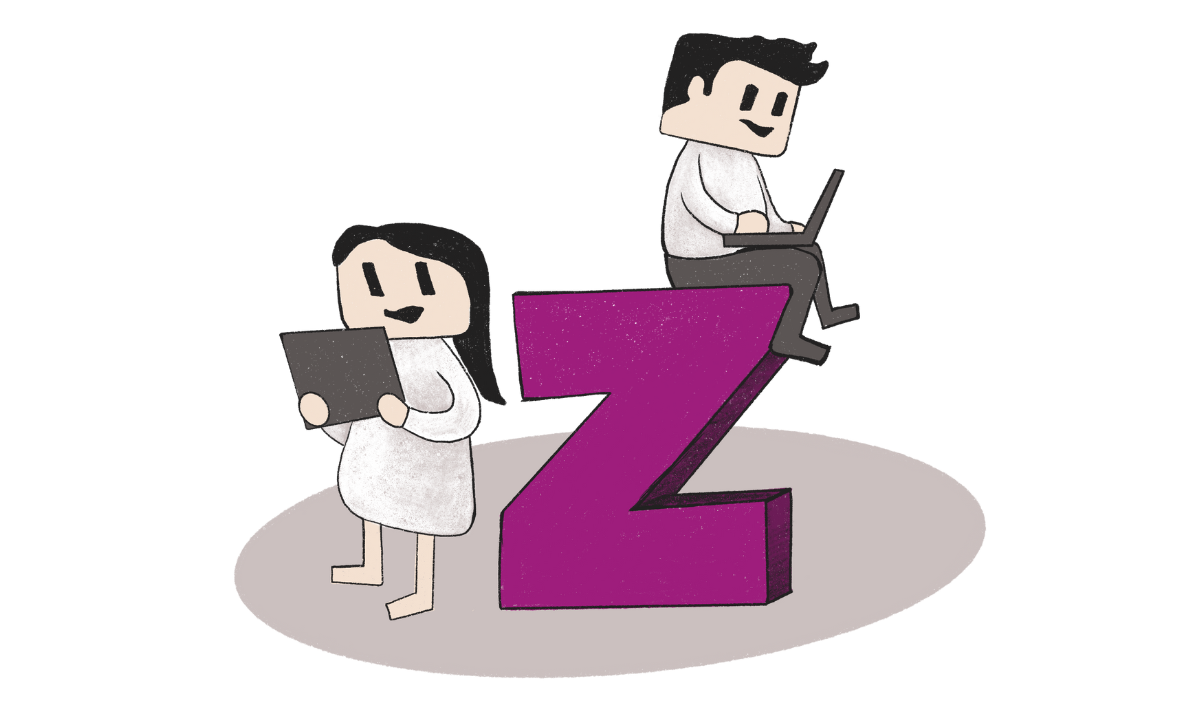Changing Dynamics in the Workplace
In recent years, the makeup of our workplaces has evolved significantly. While the shift to remote work was primarily driven by COVID-19, it also concealed a notable demographic shift. Gen Z is rapidly becoming a significant part of the workforce, making up 6% of the Australian workforce in 2019 and 40% in 2023. As Boomers retire and Gen X numbers decline due to forced retirements, lifestyle changes, and evolving attitudes, Millennials and Gen Z now form the bulk of the workforce.
This shift necessitates a transformation in workplace communication and learning. Traditional top-down approaches are no longer effective. Millennials and Gen Z have grown up with technology, personalized experiences, and a desire for autonomy. So, how does this impact workplace learning, especially in a remote environment?
Learner-centered learning places you at the heart of the educational process. It shifts the focus from instructors simply delivering information to actively engaging you in your own development. What does this look like in practice?
- Customisation: Tailoring learning experiences to meet your individual needs and interests.
- Active Participation: Encouraging you to take ownership of your learning journey through hands-on activities, projects, and collaboration.
- Relevance: Ensuring that the content is directly applicable to real-world scenarios and your career goals.
- Feedback and Iteration: Providing regular feedback so you can assess your progress and make necessary adjustments.
Why This Matters
Millennials and Gen Z thrive on interactivity, personalisation, and instant feedback. Preferring to learn at their own pace and in ways that align with their unique learning style. This is why learner-centered learning is crucial for their professional growth.
Implications for Workplace Learning
To effectively engage and develop Millennial and Gen Z employees, workplaces must adopt learner-centred principles. This means moving away from one-size-fits-all training sessions and towards more dynamic, interactive, and learner-driven experiences. Here are some strategies that can benefit you:
- Leverage Technology: Use online learning platforms, microlearning modules, gamification, virtual reality simulations, and social learning tools to create engaging and accessible learning environments.
- Offer Choice and Flexibility: Choose the topics you want to learn about and the pace at which you want to learn. Opt for different learning modalities, such as self-paced courses, instructor-led workshops, and on-the-job mentoring.
- Prioritise Collaboration and Networking: Learn from peers through mentoring, group projects, and online forums. Participate in networking and knowledge-sharing opportunities across departments.
- Focus on Real-World Application: Engage in training programs that directly address challenges and opportunities in your daily work. Apply new skills and knowledge through hands-on projects and simulations.
- Provide Regular Feedback and Recognition: Receive constructive feedback on your progress and celebrate your achievements. Recognition of learning accomplishments fosters a culture of continuous learning and development.
Is it worth the effort?
There is no doubt embracing learner-centered learning takes more effort and will increase your L&D budget. However, this approach will also help you attract and retain top talent, drive innovation, productivity, and overall business success. Sounds like it’s worth the effort.
A little about Spinifex
Need some help adapting your workplace learning? Or simply want to learn more and see some fabulous examples of our work. Get in touch.



